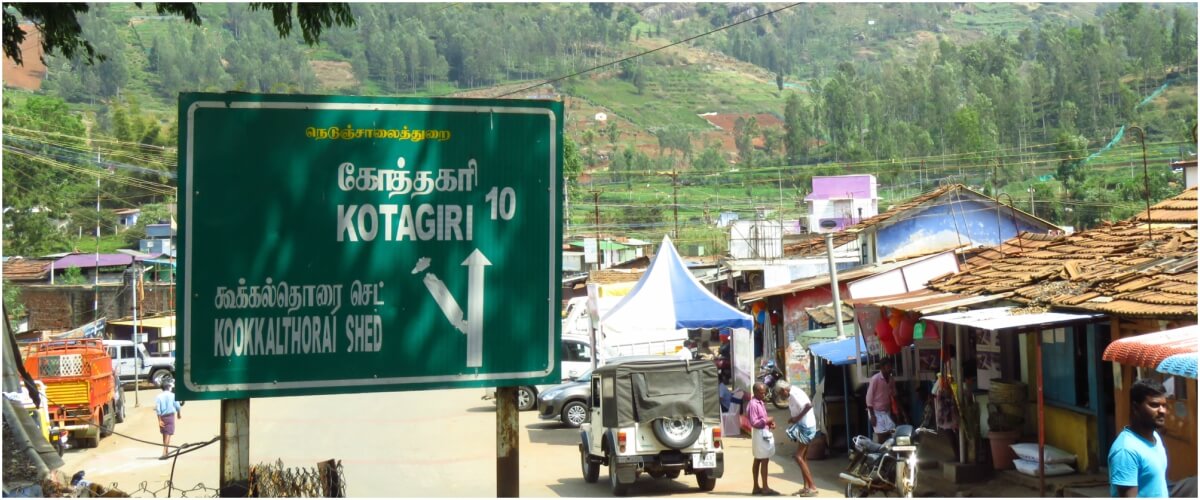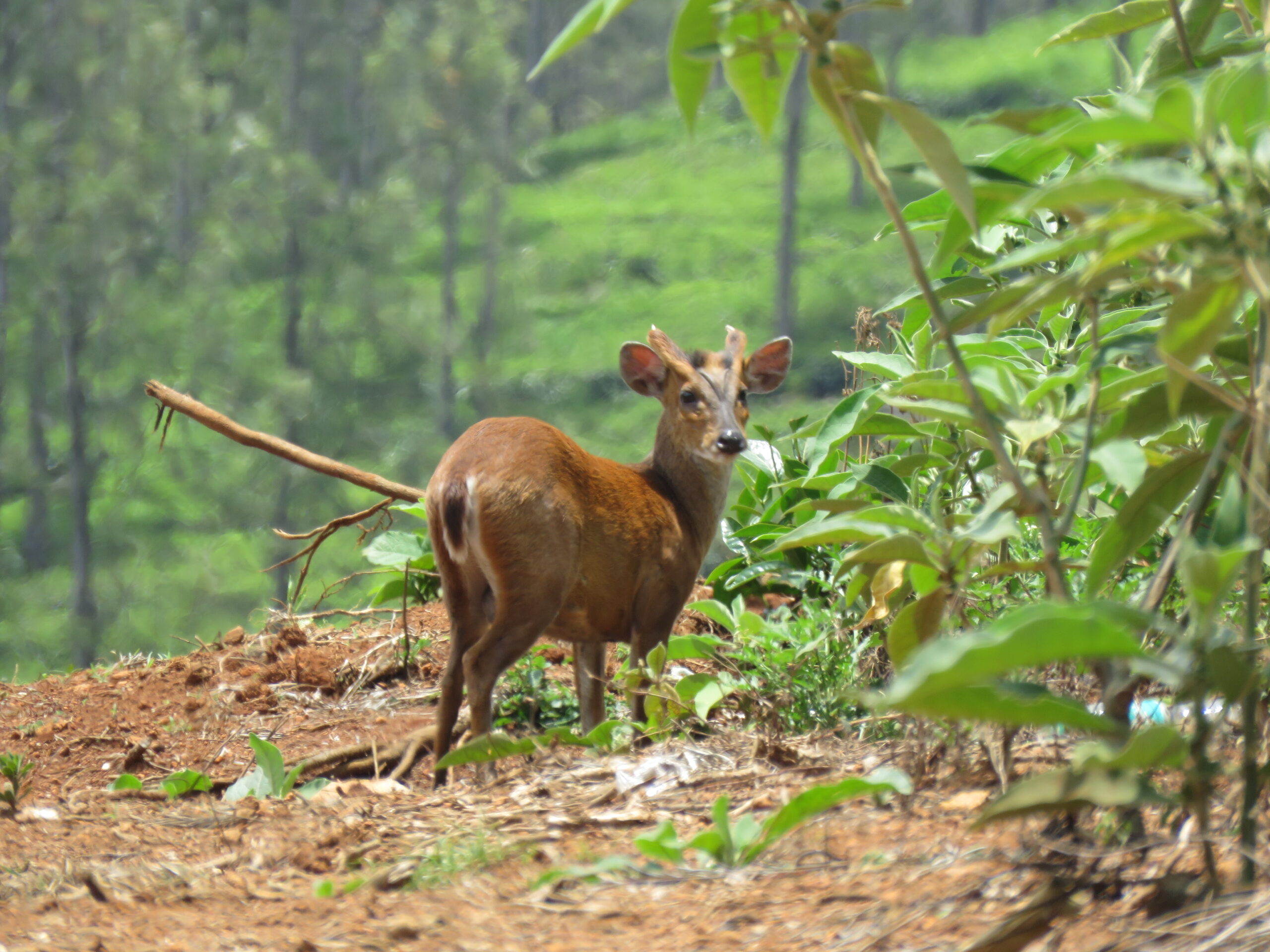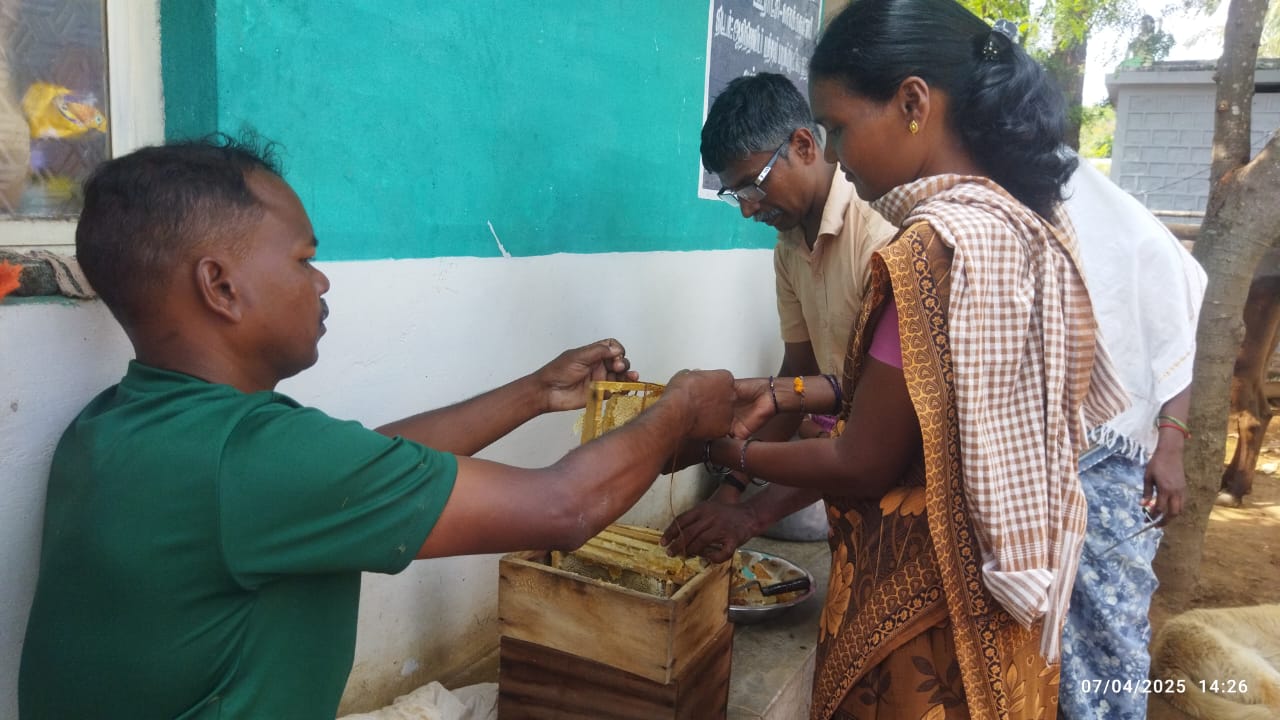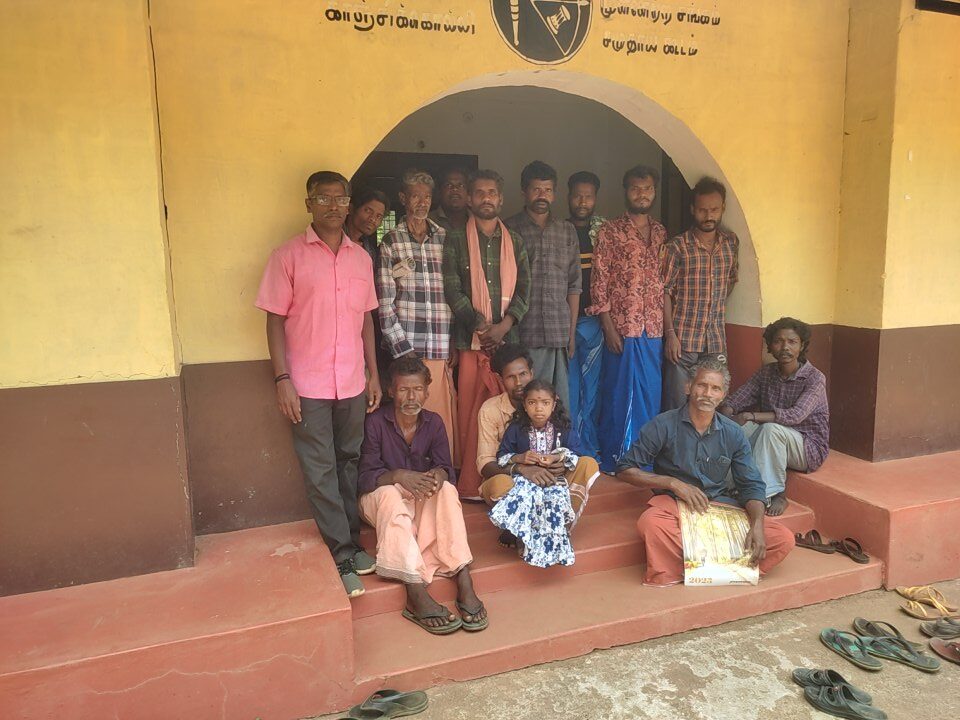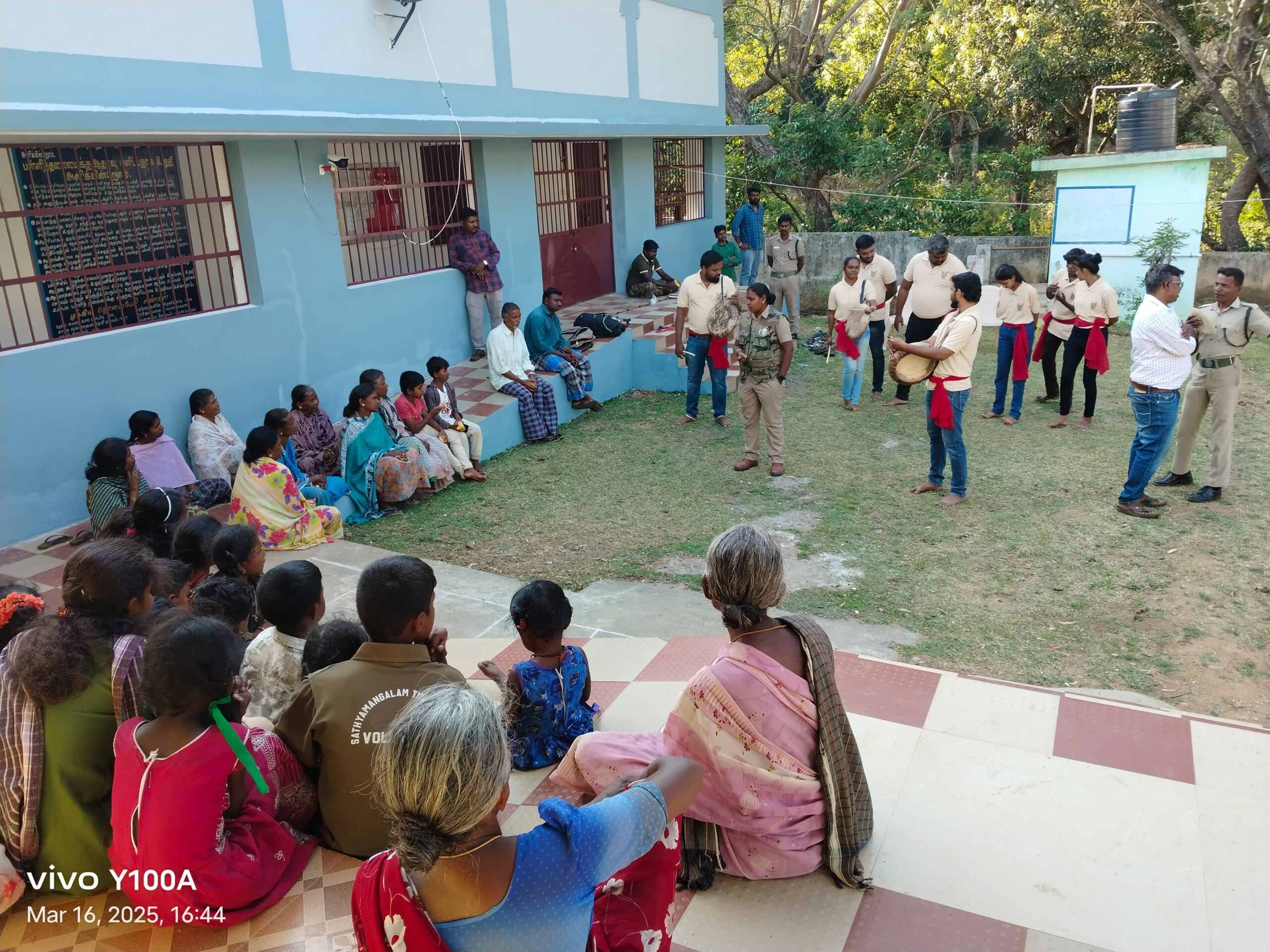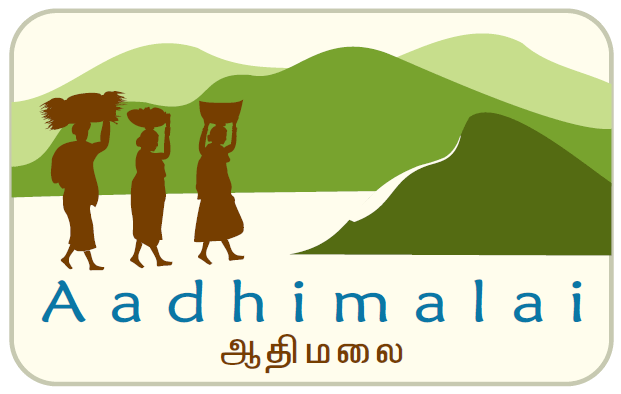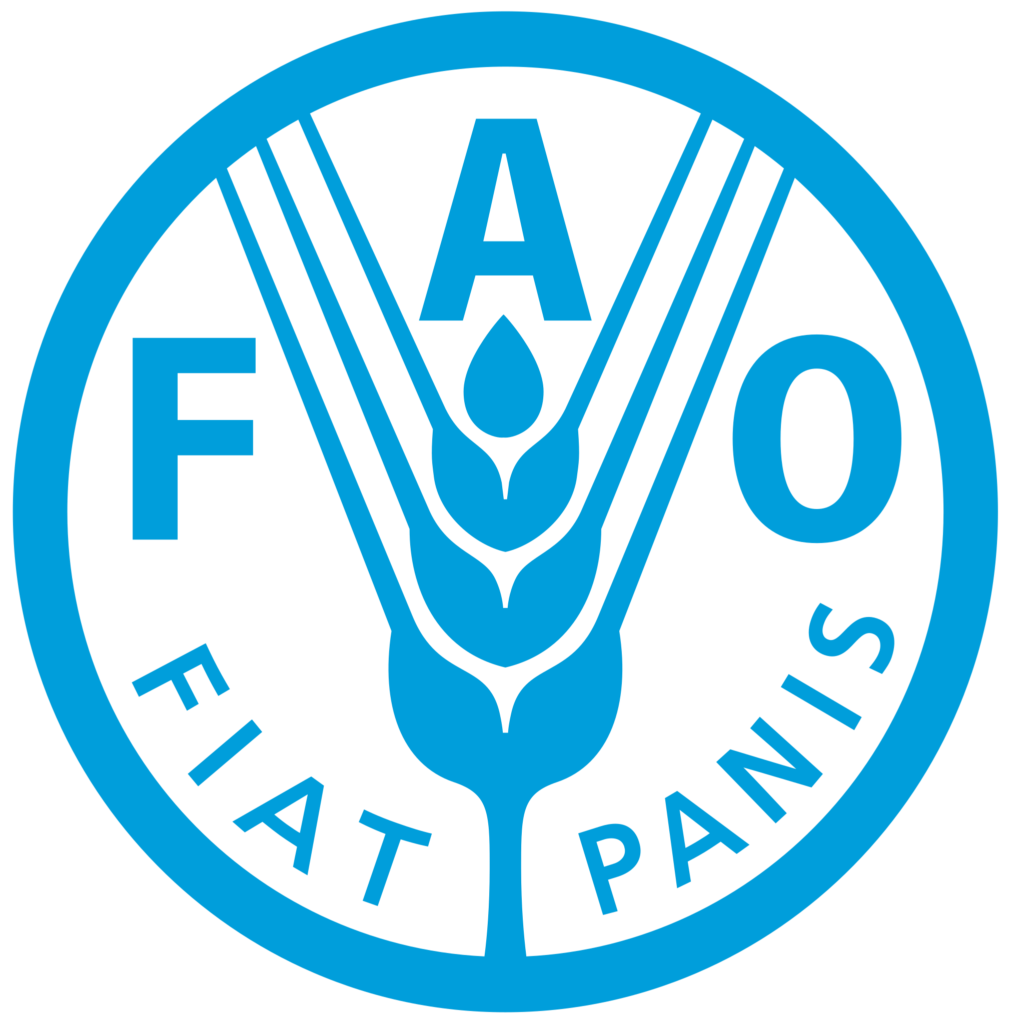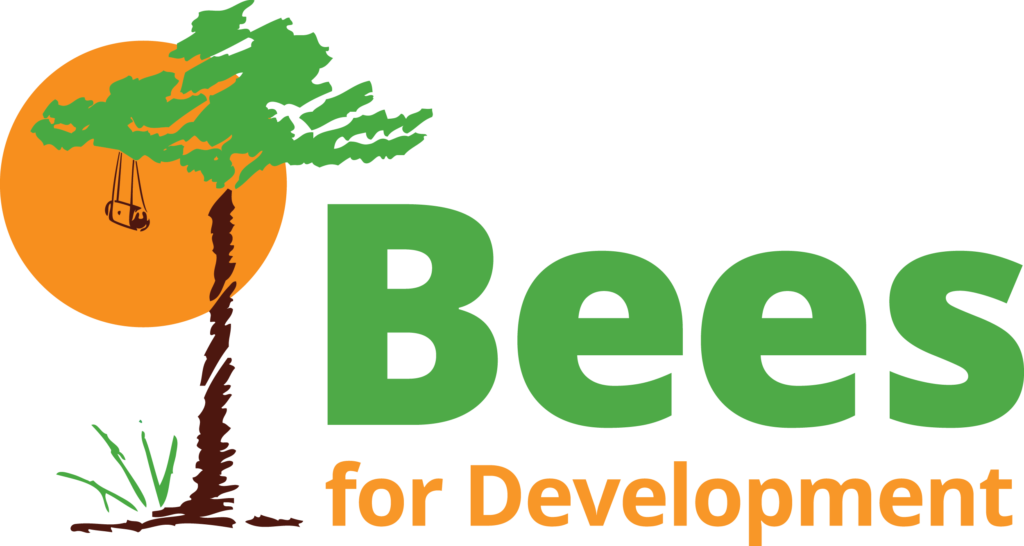Kookalthorai region enjoys a unique landscape which shapes the predominant occupation of the people- agriculture. The valley between the hills of Kookalthorai serves as a large water catchment area, allowing for a wide range of vegetables to be grown here. Earlier more local crops which required little or no chemical inputs were grown; however, in the last few decades there has been a shift to hybrid foreign crop varieties. This kind of agriculture follows a mono-cropping pattern and is chemical intensive resulting in adversely affecting the soil and water quality.
The region opens out to the Moyar valley which people claim to be one of the easy access points for wildlife to enter the region, especially around human habitation. One hypothesis is that due to increase in chemically aided agricultural practices coupled with encroachment of wetlands and streams for agriculture, there is competition between humans and wildlife to access existing water sources. To test this hypothesis out, wildlife monitoring activities by trained community stewards have been carried out in this region for the past one year. Through these activities, a wide array of animals has been sighted.
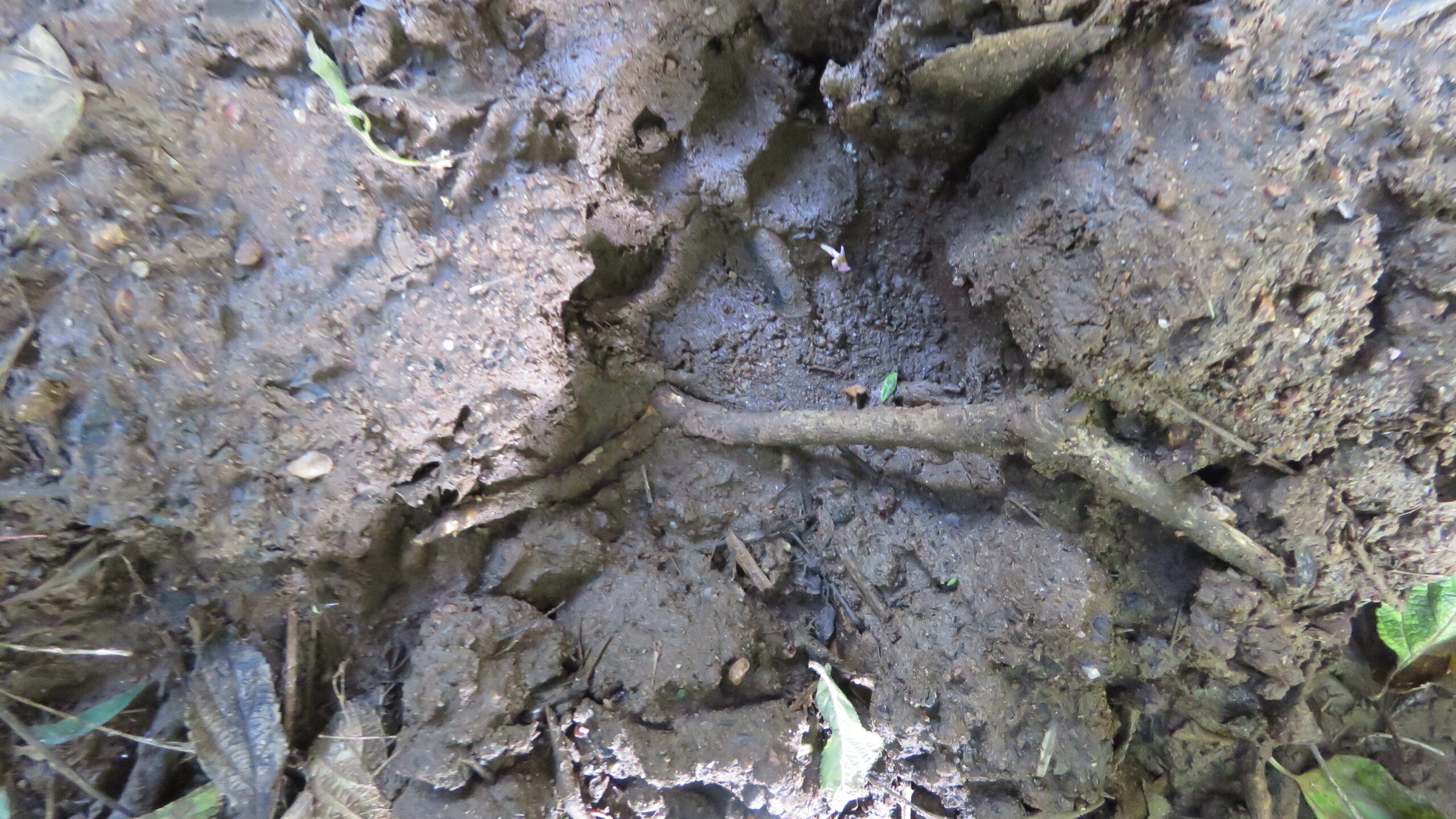
Not only is there competition for water through agriculture, but for household consumption as well. This includes drinking water, bathing purposes, washing clothes, utensils, livestock consumption and even vehicles.
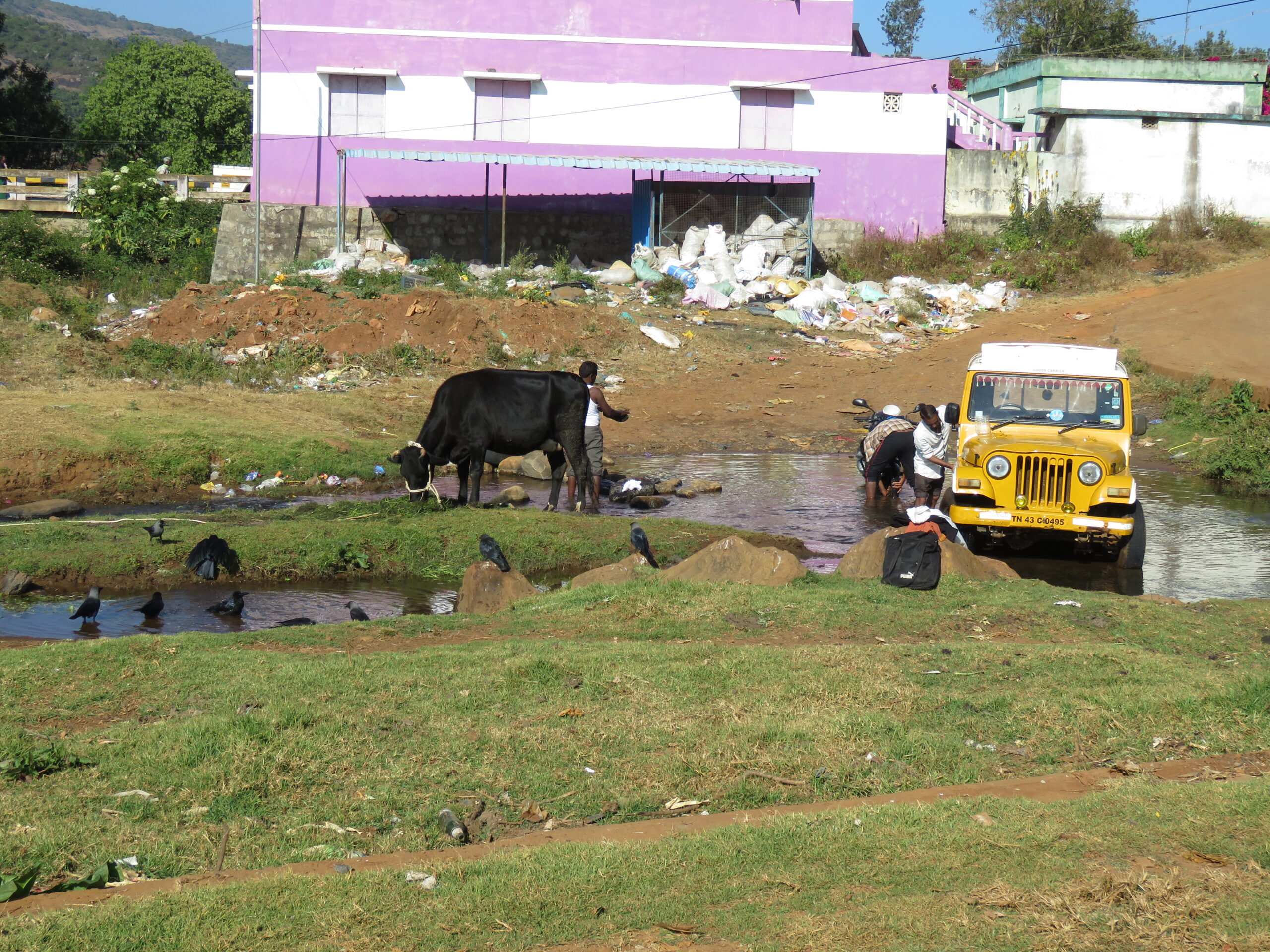
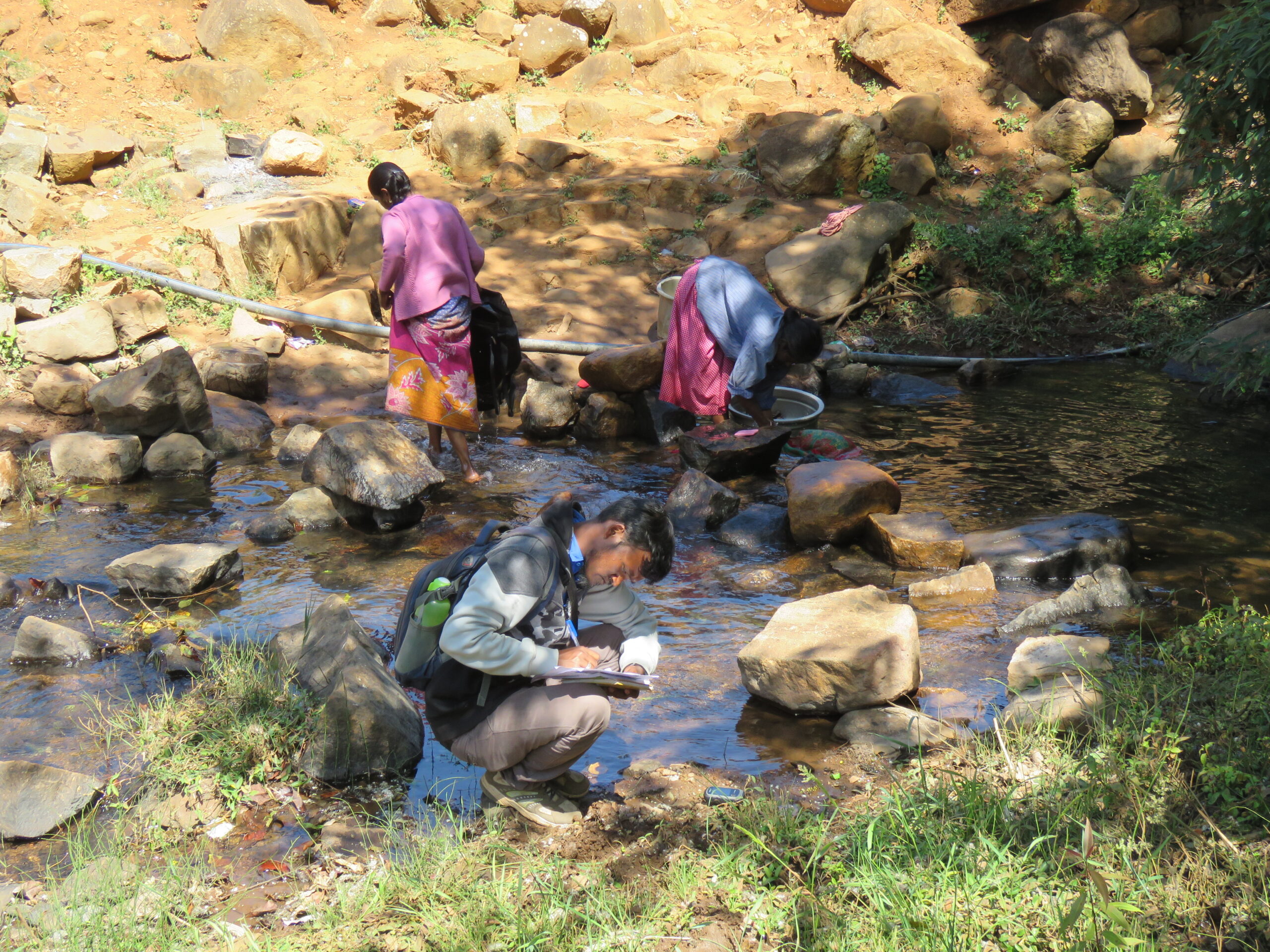
A baseline perception survey was carried out to understand these sharing mechanisms between humans and wildlife.
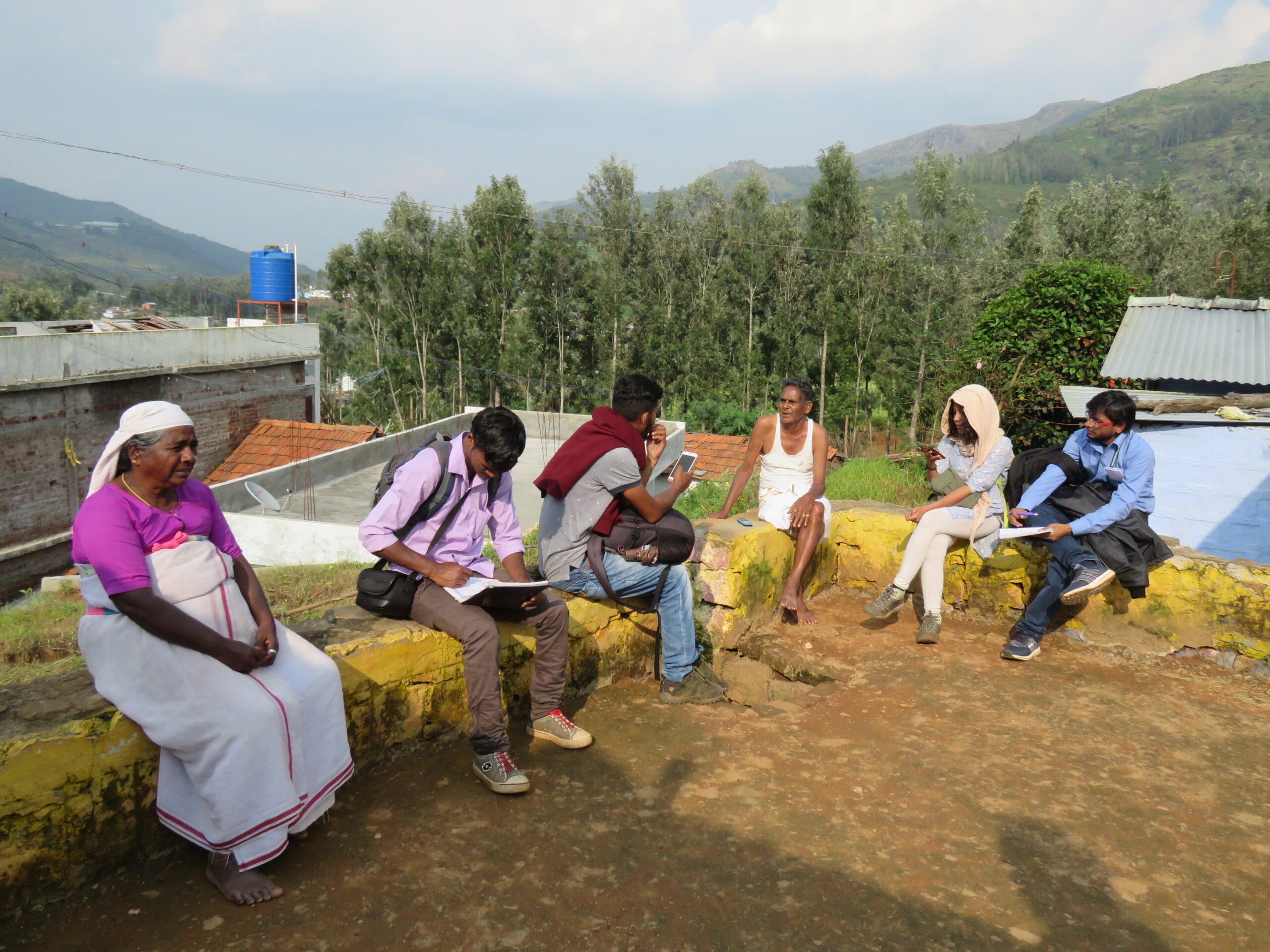
Along with wildlife monitoring activities, stream bank restoration activities, and outreach school workshops are ongoing.The students of Kookalthorai Government School have been enthusiastic participants in sharing their experience with wildlife found around the valley. They shared stories of their encounters with wildlife around their farms-emphasizing on the various methods taken by their families to protect the farms from wildlife damage. This was very useful for us to understand the relationship between farmers and wildlife -highlighting the connection between biodiversity and livelihoods.
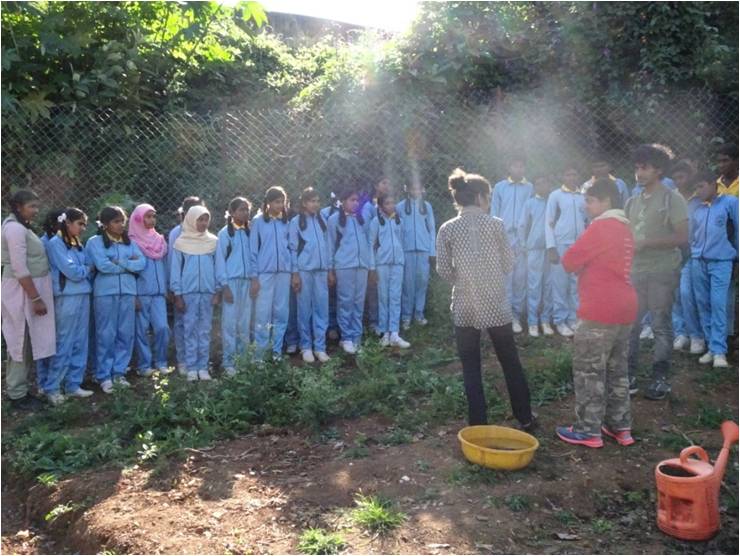
One of stream bank restoration activities unraveled the startling amount of waste that had accumulated on the banks of the stream. More than the invasive weeds choking the stream, the non degradable waste posed more of a threat. To address this mammoth problem, there is a need for active participation from the community to take ownership of the problem and demand for solutions of proper waste disposal mechanisms from the local Panchayat. The next step is for us to facilitate the process through awareness programs.

By Nayantara Lakshman

